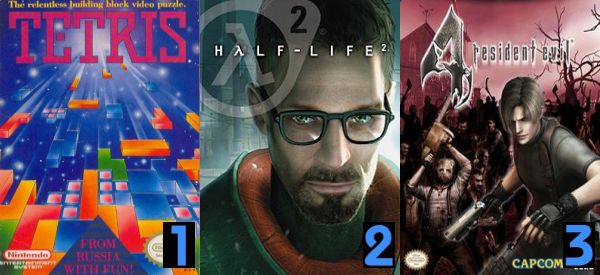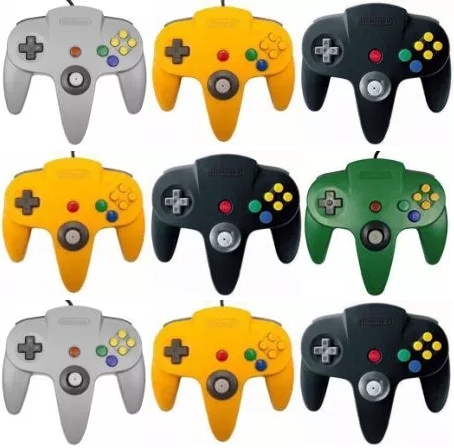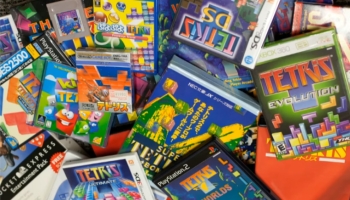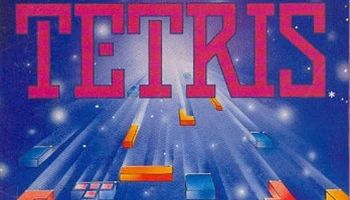
This article refers to an older Version of the Video Game Canon. View the Top 1000 to see the most recent changes to the list.
The latest update to the Video Game Canon, Version 4.0, has arrived!
The Video Game Canon now includes a total of 1,232 games, which were pulled from 59 Best Video Games of All Time lists published between 1995 and 2020. Each game was ranked against the rest of the field using the C-Score, a formula that takes into account a game’s Average Ranking and the complementary percentage of its Appearance Frequency across all lists.
Finally, games released after December 31, 2016 were excluded from the ranking because of their newness.
Three brand new lists were added to Version 4.0 of the Video Game Canon, including “The 100 Best Video Games in History” from GQ Spain, a “Top 100 Video Games of All Time” ranking from Seattle’s Museum of Pop Culture, and a massive look back at “The Best Video Game the Year You Were Born” from Popular Mechanics. Alongside these new additions, updates to IGN’s “Top 100 Video Games of All Time,” Popular Mechanics’s “The 100 Greatest Video Games of All Time,” and Slant Magazine’s “The 100 Best Video Games of All Time” were also added to the calculation. Thanks to reader CriticalCid for providing research assistance with some of these new lists.
But even with all this new data, there was surprisingly very little movement near the top of the Video Game Canon, and the Top 3 was once again represented by Alexey Pajitnov’s Tetris (#1), Valve’s Half-Life 2, and Capcom’s Resident Evil 4 (#3). There was some slight shuffling in the rest of the Top 10, but no new titles were able to crack the highest tier. Nintendo’s classic quartet of The Legend of Zelda: A Link to the Past (#4), Super Mario 64 (#5), The Legend of Zelda: Ocarina of Time (#6), and Super Metroid (#10) all hung around, as did Naughty Dog’s The Last of Us (#7), Irrational’s BioShock (#8), and Rockstar’s Red Dead Redemption (#9).
Things get more interesting as you move further down the Top 100, especially for the 2015 and 2016 releases that now qualify for inclusion in the Video Game Canon.



 A few weeks ago, I reordered the Video Game Canon to focus solely on the picks made by UK publications. That Listology article,
A few weeks ago, I reordered the Video Game Canon to focus solely on the picks made by UK publications. That Listology article, 




 Tetris earned the top spot in the first version of the Video Game Canon, and easily repeated in the
Tetris earned the top spot in the first version of the Video Game Canon, and easily repeated in the